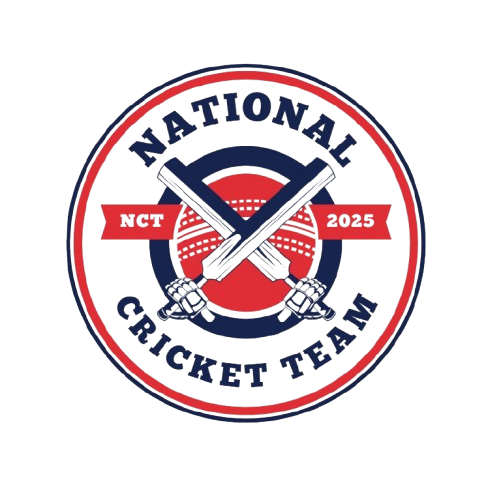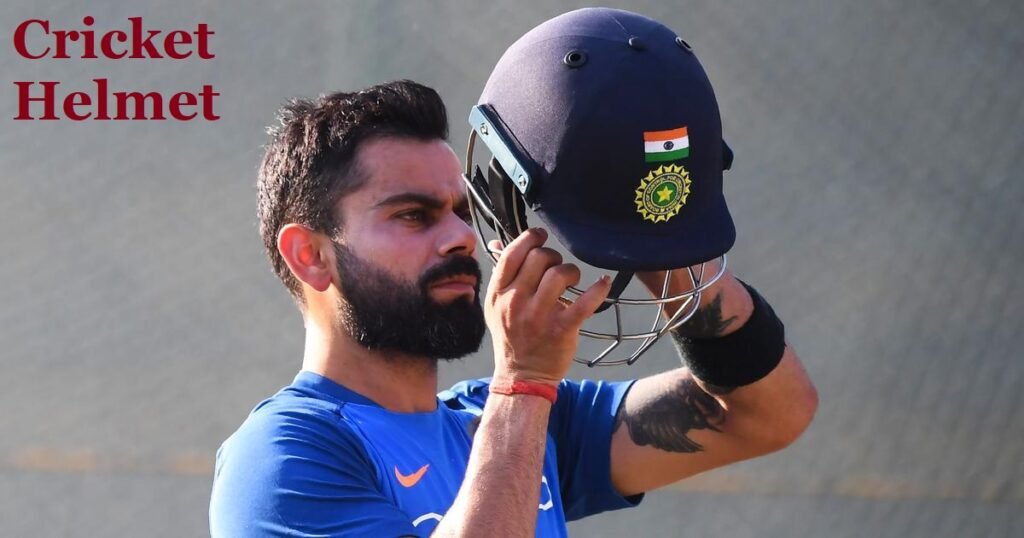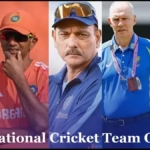Cricket Helmet – Complete Guide, Safety Tips, and Best Models in 2025
Cricket is a recreation of passion, ability, and approach — however it additionally involves high-pace deliveries which can reach over 150 km/h. Protecting your self from capability accidents is critical, and this is in which the cricket helmet becomes an essential piece of device.
In this complete guide, we can cover the whole thing about cricket helmets — their history, significance, creation, types, safety requirements, buying guide, maintenance suggestions, and the exceptional helmets available in 2025. Whether you’re a expert cricketer or a novice, know-how how to pick and use the proper helmet could make all of the difference between safety and chance.
1. The Importance of a Cricket Helmet
Cricket balls are difficult, weighing among 155.9 and 163 g (men’s) or 140 to 151 g (women’s), and may purpose critical accidents if they hit the head. A helmet presents:
- Head Protection – Guards in opposition to effect from bouncers, speedy deliveries, or unintended hits.
- Face Safety – The face grill prevents damage to eyes, nose, and jaw.
- Confidence Boost – Players can face speedy bowlers without worry.
- Compliance – Meets ICC safety regulations for expert play.
Many famous cricketers, such as Phil Hughes, have tragically suffered injuries because of loss of proper helmet safety — a reminder of why sporting a helmet is non-negotiable.
2. History and Evolution of Cricket Helmets
Cricket helmets have been no longer constantly part of the sport. Early cricketers used caps or no headgear in any respect.
| Year/Period | Development |
|---|---|
| Pre-1970s | No helmets; players relied on reflexes to avoid bouncers. |
| 1970s | First helmets introduced, often modified motorcycle helmets. |
| 1980s | Lightweight helmets with metal grills became popular. |
| 1990s | Standardized cricket helmets with better padding introduced. |
| 2000s | Carbon fiber helmets with improved shock absorption emerged. |
| 2010s | Helmets became mandatory in many formats. |
| 2020s | ICC-approved helmets with advanced safety testing are standard. |
3. Components of a Cricket Helmet
A cricket helmet is designed with more than one elements, each serving a protecting cause:
- Outer Shell – Made of ABS plastic, fiberglass, or carbon fiber for effect resistance.
- Inner Padding – High-density foam or EVA padding for surprise absorption.
- Face Grill – Steel or titanium bars to protect the face.
- Chin Strap – Adjustable strap to secure the helmet.
- Ventilation Holes – Ensure airflow for consolation at some stage in lengthy innings.
4. Types of Cricket Helmets
There are numerous kinds of helmets, every catering to one-of-a-kind desires:
Traditional Cricket Helmets
- Full coverage with a hard and fast grill.
- Best for optimum safety.
StemGuard Helmets
- Includes extra neck protection.
- Popular after Phil Hughes’ incident.
Adjustable Grill Helmets
- Allows customization of face grill distance.
- Preferred by using batters for consolation and visibility.
Wicket-Keeper Helmets
- Lightweight with smaller grill.
- Used whilst status up to spinners.
5. Safety Standards for Cricket Helmets
Helmets must meet specific safety rules:
| Standard | Region | Description |
|---|---|---|
| BS 7928:2013 + A1:2019 | UK / ICC | Latest ICC-approved helmet standard. |
| ASTM F393 | USA | General sports helmet standard. |
| EN 960 | Europe | Headform testing compliance. |
Note: Always test for BS 7928:2013 + A1:2019 certification for professional use.
6. How to Choose the Right Cricket Helmet
When shopping for a cricket helmet, don’t forget:
- Size & Fit – Should be comfortable, now not tight.
- Weight – Lighter helmets reduce neck strain.
- Material – Carbon fiber is lighter but costlier; ABS is low-cost.
- Grill Material – Titanium is lighter than metallic.
- Ventilation – Essential for long sessions.
- Safety Certification – Must meet ICC standards.
7. Cricket Helmet Size Guide
| Head Circumference (cm) | Helmet Size | Suitable Age Group |
|---|---|---|
| 51–54 cm | Small | Junior players |
| 54–57 cm | Medium | Teenagers & small adults |
| 57–60 cm | Large | Most adults |
| 60+ cm | Extra Large | Large head size |
8. Best Cricket Helmet Brands in 2025
Some pinnacle manufacturers producing awesome cricket helmets encompass:
- Masuri – Known for superior protection designs.
- Shrey – Lightweight helmets with sturdy grills.
- SG (Sanspareils Greenlands) – Affordable and sturdy.
- Gray-Nicolls – Comfortable and elegant.
- Gunn & Moore (GM) – Reliable and ICC-accredited.
9. Top 5 Cricket Helmets in 2025
| Helmet Model | Brand | Material | Weight | Price Range (USD) | Safety Standard |
|---|---|---|---|---|---|
| Masuri Vision Series Elite | Masuri | Carbon Fiber | 850g | $200–250 | BS 7928:2013 + A1:2019 |
| Shrey MasterClass Air | Shrey | Titanium Grill | 900g | $180–220 | BS 7928:2013 + A1:2019 |
| SG Aerotech 2.0 | SG | ABS Plastic | 950g | $70–100 | ICC Approved |
| Gray-Nicolls Atomic 360 | Gray-Nicolls | Fiberglass | 920g | $120–150 | BS 7928:2013 |
| GM Purist Geo II | Gunn & Moore | ABS Plastic | 1000g | $80–110 | ICC Approved |
10. Helmet Care and Maintenance Tips
- Clean often with moderate cleaning soap and water.
- Check straps for put on and tear.
- Inspect grill alignment before every in shape.
- Avoid extended solar publicity to prevent fabric damage.
- Replace after predominant effect even though no cracks are seen.
11. Rules and Regulations About Helmets in Cricket
- The ICC mandates that professional gamers use helmets meeting BS 7928:2013 + A1:2019 standards.
- Many domestic leagues require all batters, wicket-keepers, and close-in fielders to put on helmets.
- Umpires can stop play if a player refuses to wear a helmet in mandatory conditions.
12. Conclusion
A cricket helmet isn’t simply a piece of system — it’s a life-saving tool. From protective your head in opposition to excessive-speed deliveries to providing you with the self assurance to stand global-class bowlers, the proper helmet is an funding in each overall performance and safety.



